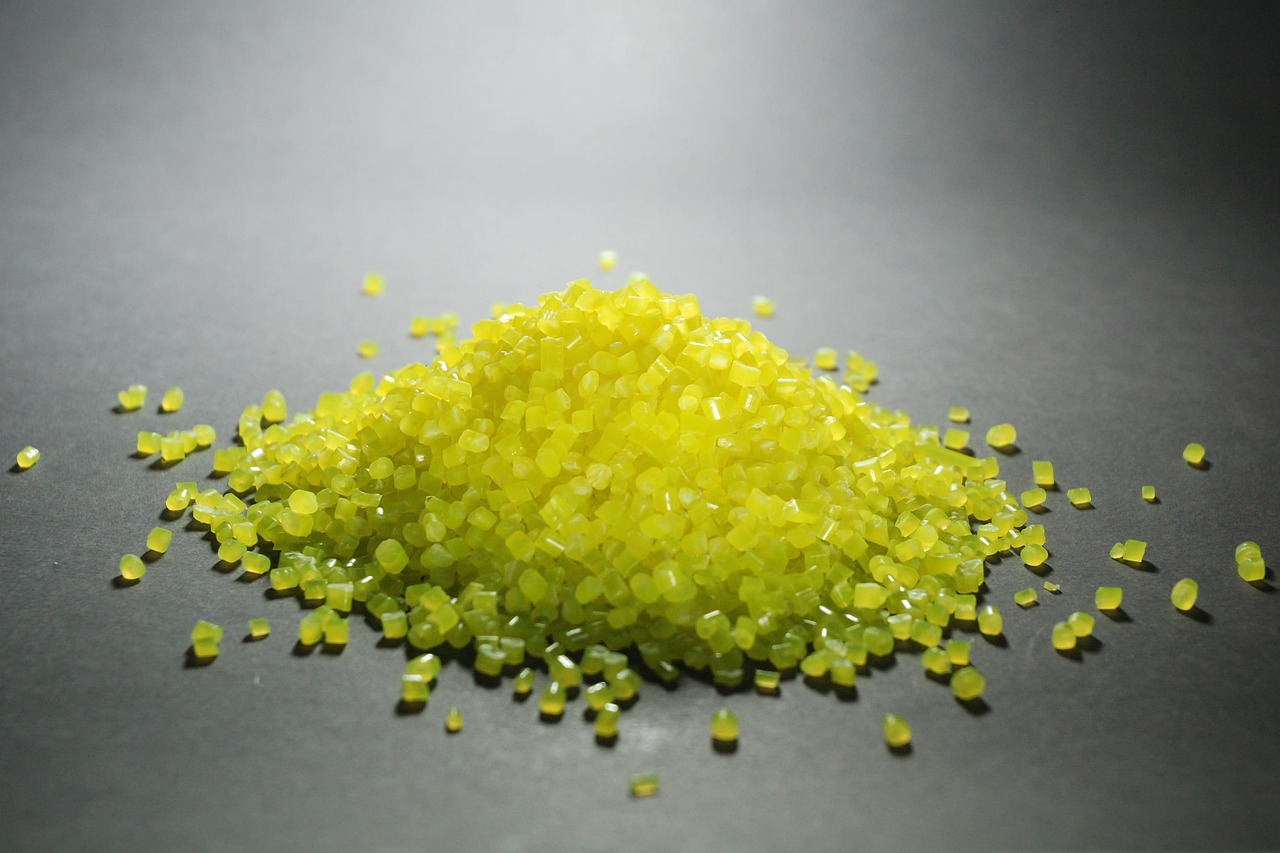Do you know the differences between resin, polymer and plastic? Learn about their manufacture and properties in this informative article
When talking about plastic manufacturing, it is common to come across the terms: resins, polymers and plastics. Although they are often used interchangeably, the truth is that there are subtle differences that we should be aware of.
In this article we explain the differences between the terms resin, polymer and plastic.
Resins
They are pasty or liquid substances that are obtained from an organic secretion of certain plants (although they can also be produced by animals, for example, beeswax is considered a resin).
In short, resins are organic materials found in nature. Over time, various organic materials were synthesized from petroleum that had properties similar to those of natural resins, these materials are known as synthetic resins.
- Natural resins: Amber, shellac, wax
- Synthetic resins: Epoxy, polyester, urethane
Polymers
Polymers are macromolecules composed of one or more chemical units known as monomers. These materials can be natural, such as cellulose, DNA and proteins, however, these natural compounds are too brittle and easily deformed.
There is another class of artificial polymers that have been synthesized in a laboratory and, thanks to their characteristics and properties, are used massively in a large number of applications.
Some of the most common polymers are:
- Polyethylene (PE)
- Polyethylene terephthalate (PET)
- Polystyrene (PS)
- Polyamide PA, also known as nylon, a synthetic fiber
- Polyvinyl chloride (PVC)
Plastics
The word “plastic” originally comes from the term “plasticity.” Plasticity is the property of a material that undergoes permanent deformation when a force is applied to it (the opposite of this is elasticity). Polymers generally deform when subjected to heat or pressure, which is why they are considered plastics, meaning they do not return to their original shape once the cause of the deformation has been removed. They have the ability to be molded under heat and pressure, and in essence, we can say that they are polymers that have been modified with additives to obtain specific properties.
Now, plastics are a category of materials that include various types of synthetic or semi-synthetic polymers. Some types of plastics can be classified as:
- Thermoplastics: those that can be remolded, such as Polyethylene (PE), Polypropylene (PP), Polystyrene (PS).
- Thermosets: those that, once cured, cannot be remade or remolded, such as Epoxy and melamine.
In conclusion
In a nutshell, the terms resin, polymers and plastics are most often used interchangeably, however, there are important nuances between each of them. For example, the term resin is more likely to be used to refer to raw materials, natural or synthetic, that are used in the production of polymers and plastics.
Instead, the term polymer is used to describe large molecular chains that can be natural or synthetic, while plastics is a way of referring to modified polymers used in a vast array of products, i.e. they are more commonly used to refer to finished materials.

